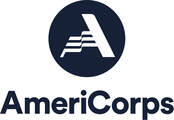|
By Devin, Preserve WV AmeriCorps Working with Teresa Quinn’s fourth grade class from Bruceton Mills Elementary and Middle School, Old Hemlock has shown its ability to reach out into the community and build meaningful partnerships with its neighbors. After the class had read The Great Kapok Tree, a story in which a logger is persuaded by animals in a dream to spare a rainforest from destruction, Old Hemlock made a visit to the school and told the students the story of how George Bird Evans had done a similar thing in the children’s own neighborhood, buying back a large stand of old growth virgin hemlocks from a logging company; a beautiful forest that still stands today on the grounds of the Old Hemlock nature preserve. We also introduced the children to all the different kinds of animals that call Old Hemlock home during that meeting – those critters who would be talking to the slumbering logger in his dreams. Then, over the next few weeks, the fourth graders wrote their own story, each child taking a different animal, coloring a picture of it and writing the dialogue it would have with a logger who had come to tear down its home. Once the text and illustrations were complete, we returned to the school to help the students take pictures of their animals in front of a background depicting the actual forest which was saved by Evans. With all the photos taken and the written texts collected, we worked with West Virginia University to get enough copies printed and collated for each child to take one home.
Please enjoy the copy of their book we have included here:
http://oldhemlock.org/PhotoAblum/TheGreatHemlockTree/TheGreatHemlockTree-web.pdf By Joe, Preserve WV AmeriCorps They stand as silent sentinels; reminders of our past. The historic buildings in the Heritage Area of Jackson’s Mill remain from that past to allow current and future generations to better understand their collective history. The Farmstead – as it is unofficially referred to – tells the story of the late eighteenth and early nineteenth century of West(ern) Virginia, as well as the formative years of Thomas “Stonewall” Jackson. His is a story of overcoming adversity, and young man’s commitment to better himself despite difficult circumstances. For years, the story of the Jackson’s was not shared at Jackson’s Mill; that is until Around the turn of the twentieth century, a regional railway service ran a trolley line, which featured a stop near the historic Jackson’s Mill. The public could visit the boyhood home of the man known as “Stonewall” and could walk the grounds or picnic there on pleasant days. It was here that in 1921, the state of West Virginia forever linked the story of one youth who overcame adversity with the development of untold thousands of others; when Jackson’s Mill was selected as the permanent site for the first state 4-H camp in the world! This year marks the 100th Anniversary of Camping in West Virginia 4-H, and although Jackson’s Mill as a 4-H site is not quite so old, it will see tremendous celebration throughout the camping season. As a result, the time is ideal for the development of a volunteer program in the Heritage Area, and on April 25th, we took the first steps. Although Jackson’s Mill as a site is quite busy throughout the year with various camps and other groups who rent various buildings in the mill for conferences with a sizable staff, the staff at the Farmstead and in Heritage Programming consists of a Program Specialist and one historian, who cover both on-site and outreach programs. This has been augmented with the assistance of an AmeriCorps Member, but we still struggle to meet the programming mission and our role in the West Virginia University Extension Service under which we operate. In addition, meeting this mission often leaves many of our historic buildings and the physical site in desperate want of attention. So I determined that we should organize a workday dedicated the buildings and site, as a whole.
After welcoming them, I described the work we intended to get done that day: cleaning the historic buildings – we have four of them altogether and redoing the planting beds in our Heritage Garden. We quickly divided the group and set out to work – the first task: to clean our two pioneer cabins. It went surprisingly quick. The volunteers were far more enthusiastic and energized than I could have hoped. In less than 2 hours, we had two buildings completely cleaned, and both groups decided to work on getting the Heritage Garden done. This was completed in about another hour and a half. As we continued to work on this task, both of the 4-H mothers asked if they could move on to another building. While the rest of us worked to finish the garden beds, they moved onto our water-powered gristmill. All of this was completed by a little after 1 in the afternoon; at which point, we broke for lunch, which we had provided down in our store. All that remained was one final building to clean. Unfortunately, the weather that had been threatening all afternoon finally turned. I decided that instead of asking the volunteers to stay and risk traveling back home in worse weather, that they should make their way home. This left only one building for “Gabby” and myself to finish.
As they left, I thanked the volunteers for selflessly giving of their time and energy. They were a small group, admittedly, but they were a cross-section of ages, and all of them willingly gave up their Saturday to come in and help us. I told them that while it may only appear to have been some gardening and spring cleaning in our buildings, it represented more than a week or two worth of time for “Gabby” and myself; time that we could now spend on other critical projects in the Heritage Area. I also told them that they were the first participants in what I intend to be a long-term commitment to utilizing volunteers in our programming and in helping to maintain our area. All of the volunteers mentioned that they would love to come and help us again, and would encourage more people to join them in the future. I am still truly humbled that these people came to help, although, it is not because of me that they came necessarily. In many ways, I merely offered them the opportunity to become involved with, and take ownership of their history and they seized on that opportunity. I believe that young Thomas would have been proud of these people and their efforts, as am I.
Friends of Happy Retreat announced recently that it has received a major gift to fund the purchase of Happy Retreat, the historic home of Charles Washington, younger brother of George Washington and founder of Charles Town. The donation comes from Dr. Taylor Fithian and his wife Margie. Dr. Fithian, spent his boyhood in Charles Town. His parents were Taylor and Avis Funkhouser Fithian. His grandfather was R.J. Funkhouser, who in the 1940s bought and restored Happy Retreat and three other Washington family homes in Jefferson County. Dr. Fithian and his wife live in Monterey, California, but recently bought and restored Cedar Lawn, another Washington family home near Charles Town, where they now spend much of their time. The Fithian’s gift, made in honor of the entire Fithian family, R.J. Funkhouser and the legacy of the Washington family in Jefferson County, showcases another generation of leadership that follows in the footsteps of the Washingtons and R. J. Funkhouser.
Friends of Happy Retreat was established in 2006 for the purpose of acquiring and restoring Happy Retreat as a center for culture and history for Charles Town, Jefferson County, and beyond. In December, 2014, the City of Charles Town and the non-profit Friends of Happy Retreat agreed to work together to purchase the 12 acre Happy Retreat property, owned by the Gavin family, who have been stewards of the estate for a generation. The City agreed to purchase 10 acres of land which it will include in a planned linear park along Evitts Run in Charles Town’s West End. Friends of Happy Retreat agreed to purchase the house, historic outbuildings, and the two acres of remaining land. With this major milestone of acquisition reached, the Friends of Happy Retreat can progress into the effort to restore the Happy Retreat estate as a center for community events, heritage tourism, arts and culture, and scholarship. The Happy Retreat grounds will also connect to existing City of Charles Town park and recreational lands, as part of an overall Charles Town initiative to revitalize the community’s west end. Friends of Happy Retreat launched a fundraising campaign in January co-chaired by Dr. Wallace Boston, CEO of American Public University System, and by Dr. Taylor Fithian. American Public University led the effort with a lead gift of $150,000. The campaign has now succeeded in raising over $725,000 in pledged contributions from individuals, families and supportive organizations, which will be used for the acquisition, restoration and operation of Happy Retreat. Fundraising will continue with the goal to raise an additional $1.3 million for full restoration and $150,000 for the ongoing operation and maintenance of the property. Walter Washington, president of Friends of Happy Retreat, said he is overwhelmed by the Fithians’ generosity. “We are profoundly grateful to Dr. and Mrs. Fithian for making the acquisition of Happy Retreat possible. Their extraordinary gift will allow us to go forward with our plans to make Happy Retreat a center of cultural life for Charles Town and a showpiece of our town’s important history.” He also thanked Charles Town Mayor Peggy Smith and the City Council, and Dr. Boston and American Public University for helping to make the purchase possible. “The City’s decision to take part in this project, with Mayor Smith’s leadership, was a game changer. It would not have worked without the City’s participation,” Washington said. “Dr. Wally Boston has stepped forward many times over the years to help our community move forward. American Public University’s lead gift of $150,000 was a crucial vote of confidence to get our fundraising campaign underway, which has resulted in other valued supporters and organizations making their own contributions. We are very grateful for all that Dr. Fithian and Dr. Boston have done for us in leading this exciting Happy Retreat campaign.” Washington also thanked the National Trust for Historic Preservation which has worked closely with Friends of Happy Retreat since it began in 2006. “The Trust has provided us invaluable advice and support over the years, and especially during our current fundraising campaign to save this American treasure,” he said. “I also want to give special thanks and recognition to the Gavin family who have been so wonderful to work with over the years,” Washington said. “Without the enthusiasm and patience of Bill and Mary Gavin and their family, this could never have happened.” “Finally, on behalf of the Board of Friends of Happy Retreat, I want to thank all of the wonderful friends and supporters here in the community and beyond who have had faith in us,” Washington said. “Without their support over the last 9 years, we could not have gotten to where we are today. For more information about historic Happy Retreat and the effort underway to restore it as a community center, see http://happyretreat.org/donate.html, or contact Walter Washington at 304.725.8832. Preservation Alliance of WV is currently accepting applications for the 2015-2016 Preserve WV AmeriCorps program year.
The Preserve WV AmeriCorps program is a statewide program administered by Preservation Alliance of West Virginia (PAWV), the statewide nonprofit organization promoting historic preservation in the Mountain State. The purpose of the Preserve WV AmeriCorps program is to implement historic preservation and heritage tourism projects throughout West Virginia by way of historic resource re-use, improvement, development, and interpretation. Members’ service will focus on economic development through historic resource improvement, nonprofit organizational capacity building, heritage tourism development, historic preservation, and environmental stewardship. Volunteer management and community engagement are other important facets of the program. Preserve WV AmeriCorps members will be placed with an individual site throughout the state of West Virginia. Program start date is August 31, 2015. All members are expected to serve for 11 ½ to 12 months with full-time members serving 1750 hours and half-time members serving 950 hours. AmeriCorps site locations include Beckley, Morgantown, Wheeling, Fairmont, Ripley, Shepherdstown, and more. For a full list of sites and position descriptions, email [email protected]. To begin the application process, either send your: Resume, cover letter, and three references with contact information, emailed directly to [email protected], including which interest areas appeal to you and why you think this AmeriCorps position would be a good fit for you. Please give us multiple ways to contact you, especially if your email access is not reliable. OR preferably Complete the AmeriCorps application, submitted to PAWV through http://www.americorps.gov web site. (http://www.americorps.gov/for_individuals/ready/index.asp) Alternatively, you can do the AmeriCorps application later if you are selected for interview. A cover letter must be emailed directly to [email protected] as well.
The structure is recognized as the birthplace of the state of West Virginia because the constitutional conventions that led to the formation of the 35th state took place in this building. It is listed on the National Register of Historic Places and is a National Historic Landmark, the highest designation given to a structure. The building is now operated and maintained by the West Virginia Division of Culture and History, with the cooperation and assistance of the West Virginia Independence Hall Foundation.
Located in downtown Wheeling, the three-story structure was built to be the federal custom house for the Western District of Virginia. The building also housed the post office and the federal district court. Construction began in September 1856, and the building opened in April 1859. On June 13, 1861, the Second Wheeling Convention began in the federal courtroom on the third story of the Custom House. This convention declared the Confederate state government in Richmond illegal; created a Reorganized Government of Virginia loyal to the United States; elected Francis Harrison Pierpont governor of Virginia; and called for the western counties to be formed into a new state. The legislature of the ReorganizedGovernment met in the courtroom from July 1861 to June 1863, and the constitutional convention for the new state met there in late 1861 to early 1862. Governor Pierpont and other state officials used offices on the second floor of the Custom House from June 1861 to early 1864. Thus the Wheeling Custom House served as the capitol building for Reorganized Virginia, although it was never the capitol of West Virginia. The Custom House remained a federal building until 1907, when a new federal building was completed. An insurance company purchased the structure and over time made many changes. An addition was built on the south end and a fourth floor was added. The variety of businesses located in the building while it was in private hands include a bank, liquor store, night club, and offices for the Hazel Atlas Glass Company. In 1964, the state purchased the building and leased it to the West Virginia Independence Hall Foundation for a dollar a year. The foundation raised funds to restore the public areas to their 1860 appearance. Original drawings from the National Archives were used to ensure the accuracy of the restoration work. In 1979, West Virginia Independence Hall was opened as a museum administered by the West Virginia Department (now Division) of Culture and History. Independence Hall was listed on the National Register of Historic Places in 1989. Each year West Virginia Day is celebrated on June 20th with reenactments, music, speeches, and special programs. Sources: http://www.theintelligencer.net/page/content.detail/id/530374/Custom-House-Marks-150-Years—Historian-Honored.html http://www.wvencyclopedia.org/articles/1068 (By Gerry Reilly; May 06, 2013) http://www.wvcommerce.org/travel/travelplanner/listing/west-virginia-independence-hall-museum/2757/default.aspx |
News and NotesCategories
All
Archives
May 2024
Subscribe to our mailing list to receive e-news updates on historic preservation news and events in West Virginia.
|
Get Involved |
Programs |
Contact UsPreservation Alliance of West Virginia
421 Davis Avenue, #4 | Elkins, WV 26241 Email: [email protected] Phone: 304-345-6005 |
Organizational Partners:
© COPYRIGHT 2022 - PRESERVATION ALLIANCE OF WEST VIRGINIA. ALL RIGHTS RESERVED.

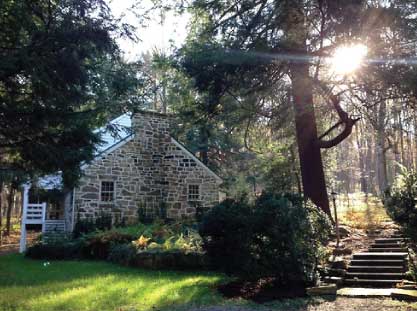
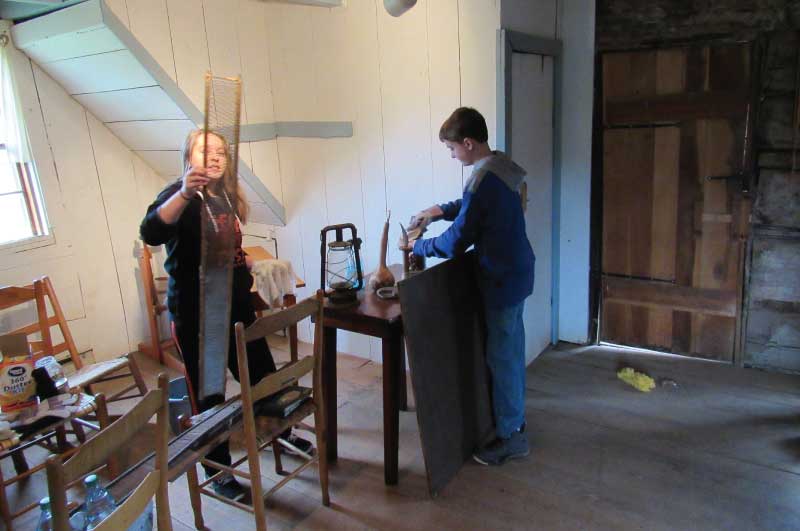
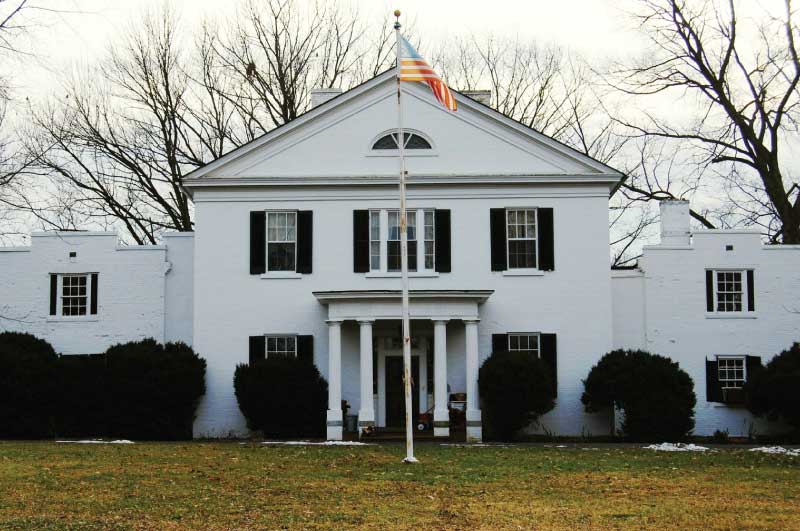
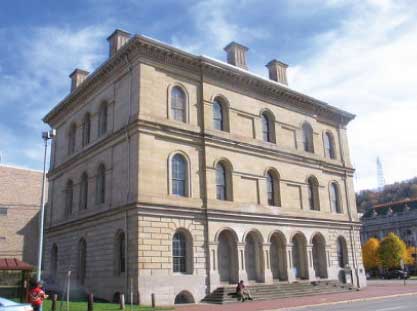
 RSS Feed
RSS Feed

